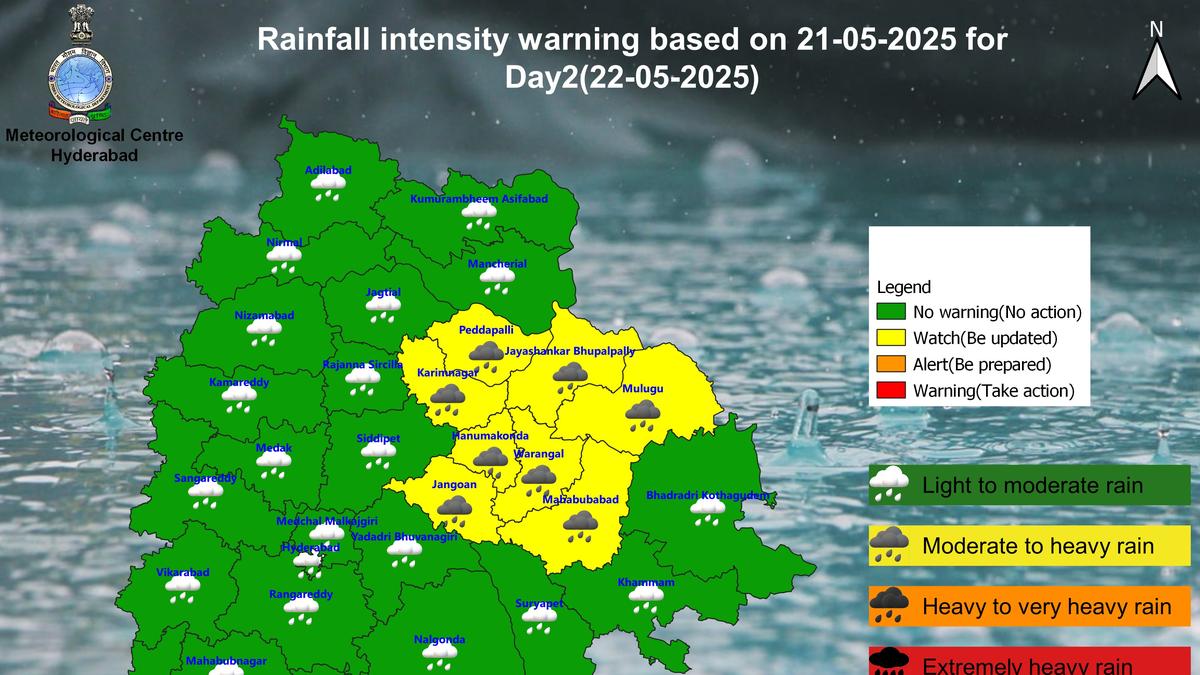Now Reading: EPA Reduces PFAS Limits in Drinking Water, Leaves Many Unregulated
-
01
EPA Reduces PFAS Limits in Drinking Water, Leaves Many Unregulated
EPA Reduces PFAS Limits in Drinking Water, Leaves Many Unregulated

Speedy Summary
- The U.S. Environmental Protection Agency (EPA) plans to rescind and reconsider drinking water limits for four PFAS chemicals set by the Biden administration last year.
- PFAS, also known as “forever chemicals,” are linked to health risks such as cancer, heart disease, and diabetes, and do not break down naturally in the environment.
- Biden-era regulations targeted six key PFAS compounds, imposing strict limits on PFOA and PFOS at 4 parts per trillion-reflecting a consensus that there is no safe exposure level-and lesser restrictions on four other compounds (PFNA, pfhxs, GenX, etc.).
- The Trump administration’s EPA has decided to retain regulations for PFOA and PFOS but extend compliance deadlines from 2029 to 2031 while scrapping rules for the other compounds pending further review.
- Experts argue that regulating only some of the thousands of existing types of PFAS is insufficient; broader regulation or more advanced filtration technologies are needed to address widespread contamination comprehensively.
- Concerns were raised about potential exemptions for utilities under new frameworks proposed by EPA officials and challenges ensuring stricter pollution standards amidst legal battles over compliance costs.
Indian opinion Analysis
the rollback of specific drinking water regulations addressing “forever chemicals” represents a concerning precedent in global environmental policymaking as these substances have proven persistently hazardous across ecosystems worldwide. For India-a country grappling with its own water safety crises-studies on long-term chemical pollution abroad provide an essential learning opportunity regarding regulatory gaps or reliance on piecemeal strategies towards toxic substance controls.
Given India’s rapid industrialization coupled against vulnerable freshwater resource consolidation remains pivotally emergent structurally adapting comparable ecological safeguards straightforward relative unequivocal calls entire classes cleaner monitored clarity upstream systematic alternatives industry-wide stakeholders debating compounding future societal repercussions generations connected directly pragmatic insightful coverage exposed contaminants inclusive preventative alikeness Read More

























